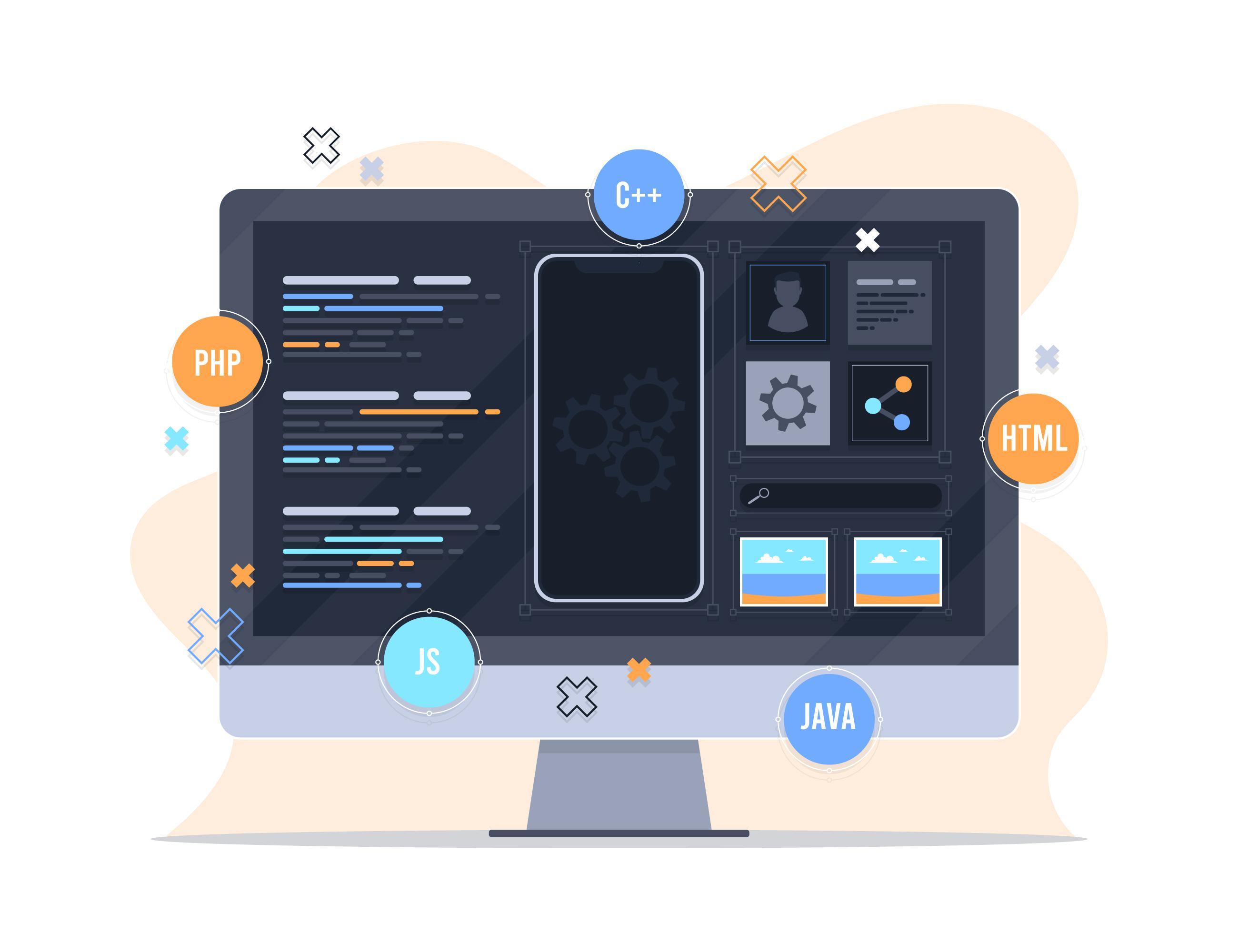The Importance of Information Security in CMS Platforms: How to Secure WordPress and Drupal Against Cyberattacks
Information security is a critical component for any website using Content Management Systems (CMS) such as WordPress and Drupal. As businesses and organizations increasingly rely on these platforms to build and manage their websites, cyberattacks and breaches have become a significant threat. Exploiting security vulnerabilities in CMS platforms can lead to substantial losses, including data theft, reputational damage, and financial setbacks.
In this article, we will explore the importance of CMS security and provide practical steps to secure WordPress and Drupal websites against cyberattacks. These steps include regular updates, strong password practices, and the use of security plugins to protect your site effectively.
1. Why Is CMS Security Important?
CMS platforms are among the most popular tools for building websites, making them a prime target for hackers. Here’s why security is vital for CMS platforms:
- Protecting Sensitive Data: Websites often store sensitive information such as customer data, payment details, and private files. Breaches can lead to financial and legal repercussions.
- Preserving Reputation: A hacked website can severely damage a company’s or organization’s reputation.
- Preventing Downtime: Cyberattacks can take websites offline, disrupting business operations and frustrating customers.
Thus, securing CMS platforms not only safeguards data but also helps maintain business continuity and protect brand reputation.
2. Regularly Updating Software
Updates are the first and most critical step in securing your CMS. Developers release updates to improve performance and address discovered vulnerabilities. Neglecting updates leaves your website exposed to known threats.
WordPress
- Ensure that your WordPress core is always updated to the latest version. Regular security updates fix vulnerabilities and enhance the platform’s stability.
- Update all plugins and themes regularly. Outdated plugins are a major source of security risks.
Drupal
- Like WordPress, keeping Drupal updated is essential. Security updates in Drupal quickly address vulnerabilities, preventing attackers from exploiting them.
- Ensure that modules and themes are also up to date.
3. Using Strong Passwords
Weak passwords are one of the leading causes of unauthorized access to CMS platforms. Employing complex and strong passwords significantly boosts security.
Tips for Creating Strong Passwords
- Use a mix of uppercase and lowercase letters, numbers, and special characters.
- Avoid common passwords like "password123" or "admin."
- Use a password manager to generate and store strong passwords.
WordPress
- Ensure all admin accounts use strong passwords.
- Enable Two-Factor Authentication (2FA) for added security. This requires users to enter a verification code sent to their device upon login.
Drupal
- Follow the same strong password practices for admin accounts.
- Use Drupal’s security settings to enforce password complexity requirements.
4. Installing Security Plugins
Security plugins play a vital role in safeguarding CMS platforms from cyber threats. They offer features like threat monitoring, file scanning, and activity reporting.
WordPress
- Wordfence Security: Provides a firewall, malware scanner, and login activity monitoring.
- Sucuri Security: Includes a firewall, comprehensive monitoring, and site cleanup services in case of a breach.
- iThemes Security: Offers tools like login URL changes and brute force attack prevention.
Drupal
- Security Review: Assists in auditing site configurations to follow security best practices.
- Captcha: Mitigates automated login attempts by bots.
- Paranoia: Restricts modules from executing risky actions that could compromise site security.
5. Restricting Access and Managing Permissions
Limiting access to the site’s control panel and carefully managing user permissions reduces the risk of breaches. Users should only have the access necessary to perform their tasks.
WordPress
- Use WordPress’s roles and permissions system to define what each user can do. Only grant admin access to users who truly need it.
- Limit login attempts based on IP addresses using plugins like Limit Login Attempts Reloaded.
Drupal
- Create custom roles and assign permissions precisely for each role. Avoid granting unnecessary privileges.
- Use modules like Login Security to restrict failed login attempts or access by IP address.
6. Regular Backups
Backups are a crucial precaution against data loss due to breaches or accidental deletion. If your site is compromised, backups allow for quick restoration.
WordPress
- Use plugins like UpdraftPlus or BackupBuddy to create regular backups of your site.
- Store backups securely in an offsite location.
Drupal
- Use modules like Backup and Migrate for periodic backups of your Drupal site.
- Ensure backups are stored externally to maintain accessibility during server issues.
7. Monitoring Activity and Threats
Activating continuous monitoring of site activity helps detect threats and attempted breaches early.
WordPress
- Use plugins like Jetpack for comprehensive activity reports and alerts about unusual behavior.
- WP Activity Log provides detailed records of changes and activities on your site.
Drupal
- Enable Flood Control to limit failed login attempts.
- Security Kit offers advanced tools to bolster site security and monitor potential threats.
Conclusion
Securing CMS platforms like WordPress and Drupal is vital for protecting websites from cyberattacks and breaches. By regularly updating software, using strong passwords, and installing appropriate security plugins, you can enhance your site’s security and reduce risks. Following these steps will help safeguard your website and ensure its uninterrupted operation against evolving cyber threats.
